
VSA (vehicle stability assist) is an electronic stability control system installed on Honda and Acura vehicles. It first appeared in the late 1990s. The system is based on ABS. It controls the stability of the vehicle, preventing deviation from the intended trajectory. The anti-slip regulation function allows reliable and fast acceleration on slippery surfaces.
How VSA works
A control unit measures the steering wheel rotation angle and the position of the brake and accelerator pedals. This provides the system with information about the driver’s intended path. Then, the yaw rate and lateral acceleration are analysed. They indicate the actual direction of movement.
If the actual path of the vehicle differs from the intended direction, the system works to restore the required trajectory. To do this, ABS hydraulic modulators slow down the appropriate wheel. In addition, VSA interacts with the engine control unit to adjust the engine torque in accordance with road conditions.
The system switches on automatically when the key is turned in the ignition switch and remains in standby mode. It only activates in certain road conditions, for instance to correct understeer or oversteer. An indicator blinks on the instrument panel when the system is activated. This indicator is constantly lit if the system is turned off or malfunctioning.
Popular cars equipped with VSA
- Honda CR-V II, Insight II, Civic VIII, Odyssey III, Jazz III;
- Acura MDX JD2.

Causes of system failure
- Installation of incorrectly sized tyres.
- Soiling of the wheel speed sensors.
- Failure of the brake pedal position sensor.
- ECU malfunction.





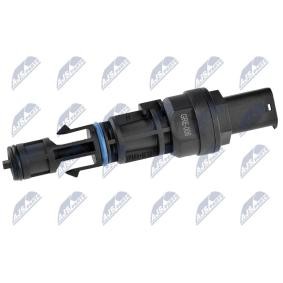






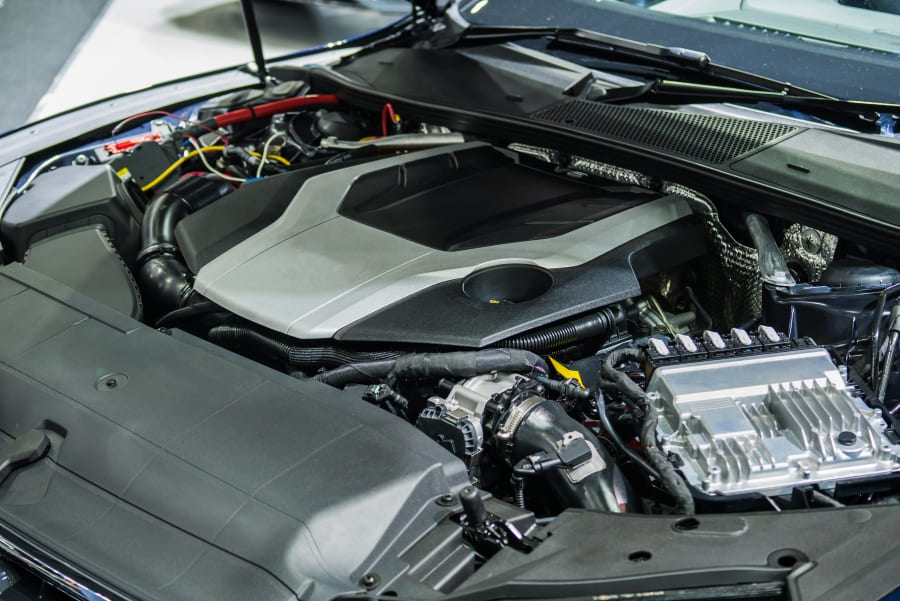
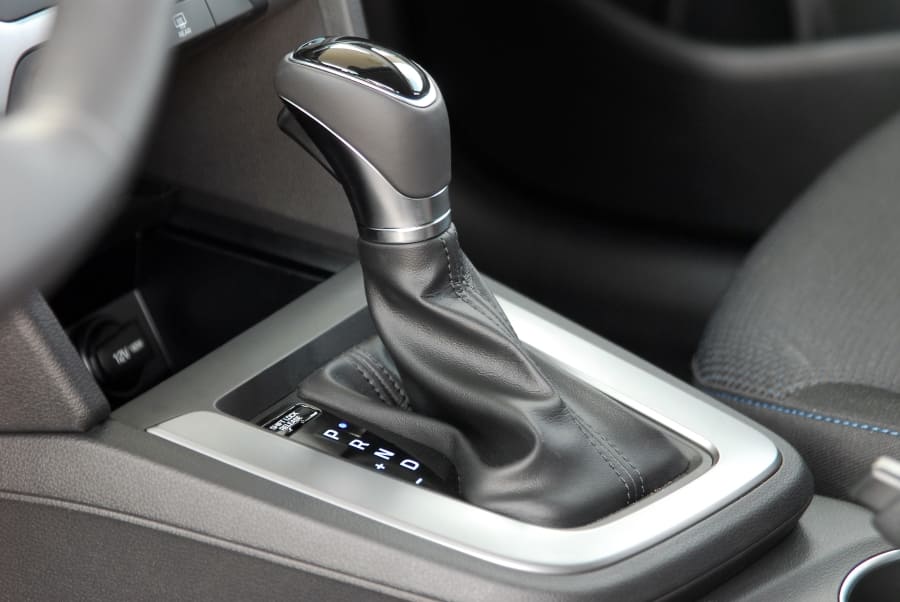

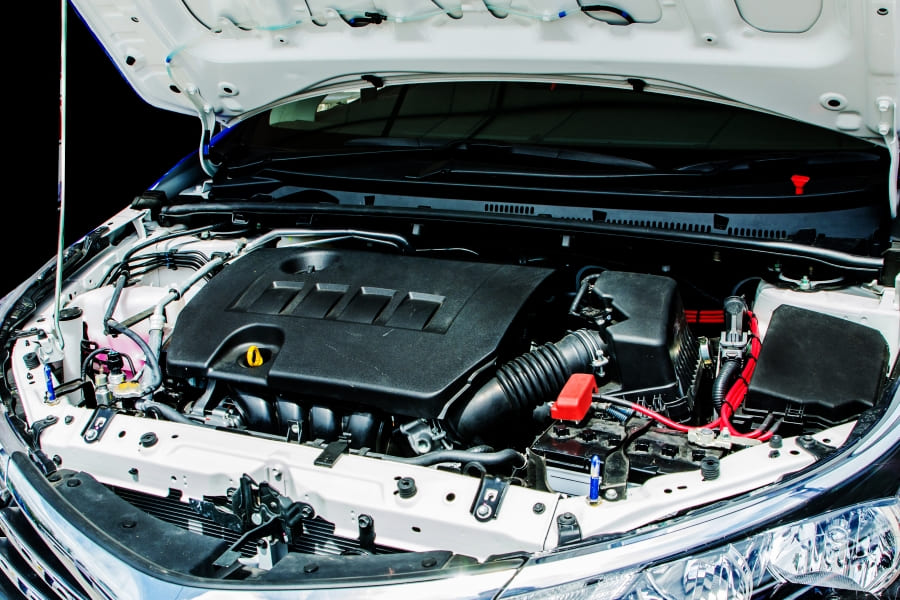
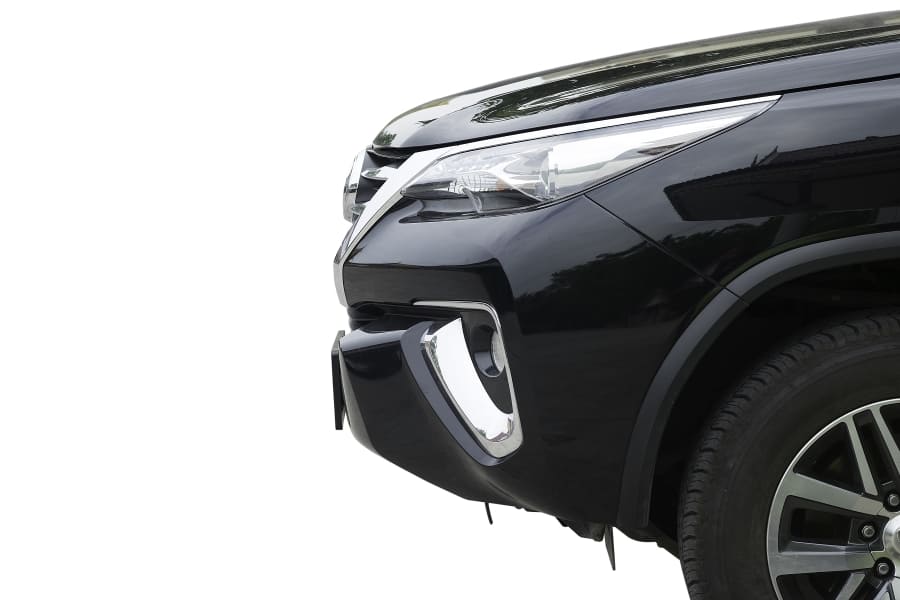

Comment